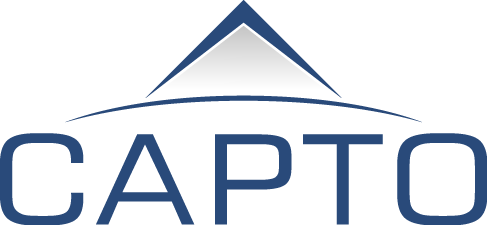Mid-Year Planning for Dramatic Improvement in 2017
Organizations are missing a valuable opportunity if mid-year planning only considers a budget or project review for the rest of the year. Asking “How are we doing against what we said we wanted to do?”, is necessary, but not enough for a well-run, forward-thinking organization. Now is the time for company leaders to review their 2016 strategy and reposition for 2017 and 2018. Think of this as a shift from a dashboard approach to a focus on the business horizon.
2016 and Beyond Plans Defined
We help clients in healthcare and media, telecom and entertainment (MTE) shift their mid-year thinking using our SYNAPTIC strategy method, which considers both the plan in place and future factors.
First, determine if 2017 and 2018 plans are well-defined and clearly communicated. Review and evaluate existing and future strategy across several dimensions:
Landscape – Where will the company or department be active?
Vehicles – How will goals be reached?
Differentiators – How will the company or department win and standout from the competition?
Roadmap – What will be the sequence of events?
Economics – What are the level of returns and how will they be obtained?
Next, review the strategy against current and future risks and opportunities. This is where a more forward-looking approach is required because external factors are forcing organizations to (re)evaluate strategy and make course corrections.
Industry Examples
Healthcare
In the healthcare domain, anticipating and adjusting for market and regulatory changes is necessary for success. Here are three shifts currently taking place across this industry.
Uncertainty around meaningful use.
Early this year, CMS (Centers for Medicare and Medicaid Services) proposed that the meaningful use program be replaced with a Merit-based Incentive Payment System (MIPS) and introduced Advancing Care Information, which is “designed to simplify requirements, support patient care, and be flexible to meet the needs of physician practices”. Healthcare organizations will need to be strategic about how they leverage technology across changing reporting requirements, patient engagement and continuum of care to help achieve high-quality care outcomes.
Value-based contracts.
Revenues from value-based contracts are expected to rise even while healthcare organizations are facing continued pressure on their margins. How will the organization measure quality, profit from this trend, and avoid penalties?
Consumerism and the shift from B2B to B2C model.
This trend is a remarkable shift in the marketplace once dominated by B2B. Key to 2017/18 planning is hyper-targeting the right consumers and providing an excellent customer experience. Technical platforms and business models including sales and marketing may have to change to meet this transformation.
Media, Telecom and Entertainment
This is another industry where tectonic changes are affecting strategy.
B2B becoming a key growth segment.
Multiple Service Operators (MSOs) such as New Charter (Charter/Time Warner Cable), Comcast and AT&T are experiencing a shift in the opposite direction from healthcare. The consumer marketplace is saturated and commercial clients represent the growth opportunity. This requires organizations to consider how to exploit the commercial market and solidify its position with consumers.
FCC ruling on set-top boxes.
Even though the current ruling favors net neutrality, it will be several months—and appeals—before it’s finalized or overturned. MSOs already face greater competition from Alphabet, Apple, Google, and Amazon. These new competitive threats have to be factored into 2017/18 strategic plans and will be influenced by alternative devices and over-the-top (OTT) competitors.
OTT competition.
While content will still be king, profitable delivery of content when and where consumers want it is where the battle wages. Companies need to implement business models that take advantage of OTT services and monetize consumer data. Global subscription spending on Netflix and other subscription-video-on-demand (SVOD) services grew by 33.8 percent in 2014 and 32.3 percent in 2015 — that’s 77 percent in two years. MSOs will need to figure out how to stay relevant, and content providers will need to innovate their distribution models while updating their technical position. Back office technologies cannot be overlooked at this time. Many billing systems, for example, are not robust enough to meet these challenges.
A Call to Action
CFOs and CIOs need to plan at least 18 months out to remain relevant, engaged, and nimble enough to ensure projects are aligned with evolving strategies. Starting now, before the 2017 budget cycle begins, consider these steps:
Engage business partners to understand their shifting and future needs. Abandon projects that don’t move the needle for the business, prioritize existing or new projects that do.
Engage the ecosystem. Look outside the organization to help predict and understand trends to create an informed strategy for the future.
Outline the economics and develop a compelling business case considering these two key factors:
IT Investment review: Is spending by area aligned properly? Can dollars be saved and shifted to higher-use investments?
Workforce planning: Talent is at a premium. Don’t sacrifice a strategic initiative based on a misguided belief it has to be done in-house. Successful sourcing programs can be implemented to shore-up strategic as well as commodity efforts.
Planning and reevaluating strategy 12-24 months out will serve the organization well into the future. It allows time to build the nimbleness needed to meet the demands of the company and, most importantly, customers.


